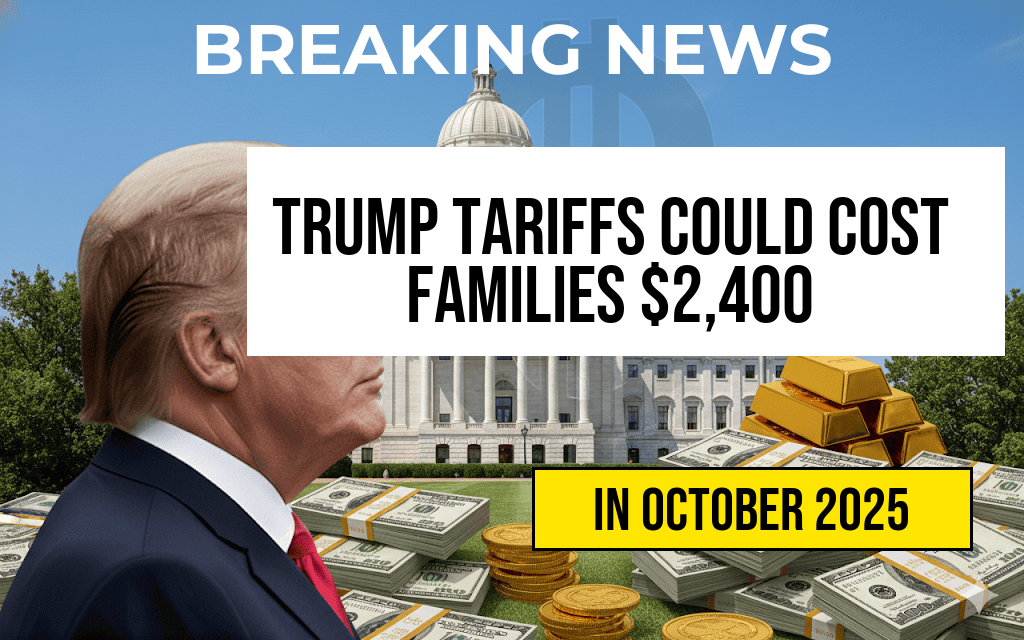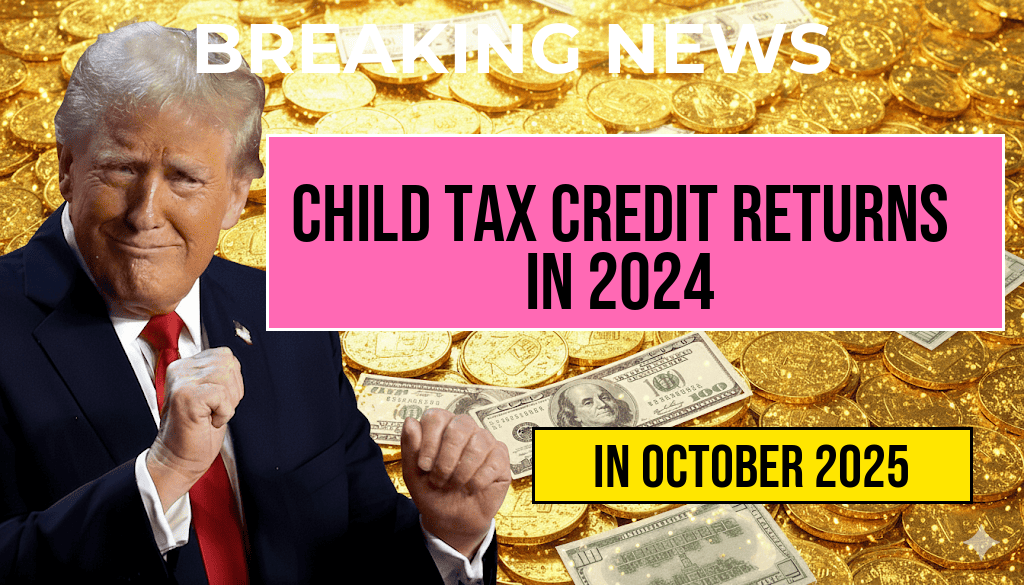Recent analyses suggest that Trump tariffs could impose an average annual cost of up to $2,400 on American households. These tariffs, originally implemented to protect domestic industries and alter trade dynamics, have ripple effects that extend into consumers’ everyday expenses. Economists warn that the so-called “turbulence tax”—a term some use to describe the indirect financial burden—may disproportionately impact middle-class families, eroding purchasing power and increasing living costs over time. As policymakers debate the future of trade policies, understanding how these tariffs influence household budgets is crucial. This article explores the mechanics behind the projected costs, how they accumulate, and what they mean for American families navigating a complex economic landscape.
The Mechanics of Tariffs and Their Impact on Prices
Tariffs are essentially taxes levied on imported goods, designed to make foreign products more expensive and encourage domestic manufacturing. While intended to shield local industries, these levies often find their way to consumers through higher prices, reduced choices, and altered supply chains. When tariffs target essential items like electronics, clothing, or raw materials, the cost increases can quickly cascade through retail prices. According to a 2023 report by the Washington Post, these additional costs have been gradually absorbed by businesses or passed directly to consumers, adding to household expenses.
Estimating the Cost Burden on Families
Economists estimate that the average household could face an annual increase of approximately $2,400 due to tariffs enacted during recent trade disputes. This figure derives from a comprehensive analysis of consumer expenditure data and tariff coverage scope. For example, consumers purchasing electronics, apparel, and household goods are most vulnerable, as tariffs on these sectors have risen significantly. The U.S. Census Bureau reports that middle-income families allocate substantial portions of their budgets to these categories, amplifying the financial impact.
Breaking Down the Cost Components
| Product Category | Additional Cost | Percentage of Total Tariff Impact |
|---|---|---|
| Electronics & Appliances | $800 | 33% |
| Apparel & Footwear | $700 | 29% |
| Household Goods & Furniture | $500 | 21% |
| Food & Beverages | $400 | 17% |
These figures suggest that electronics and apparel form the bulk of tariff-related expenses, with ripple effects spreading across various sectors. The cumulative burden can significantly strain household budgets, especially for families with tight financial margins.
Broader Economic Consequences and Consumer Behavior
Beyond immediate price increases, tariffs can influence consumer behavior, prompting shifts toward domestic products or alternative markets. While some consumers may seek cheaper imports from countries not affected by tariffs, others might reduce consumption altogether. This adjustment can lead to reduced sales for certain industries, potential layoffs, and broader economic slowdown—further complicating the financial landscape for American families. According to studies from the Wikipedia, trade tensions often result in economic turbulence that can ripple through employment and wage stability.
The ‘Turbulence Tax’ and Its Political Discourse
The term “turbulence tax” captures the notion that trade disputes and tariffs introduce a form of economic instability that ultimately costs consumers. Politicians and economists debate the efficacy of tariffs, weighing their potential to protect jobs against the visible costs borne by families. Some argue that tariffs serve as leverage to renegotiate fairer trade deals, while others warn they risk fostering inflation and economic uncertainty. The Forbes highlights ongoing concerns that these costs may hinder economic recovery and strain consumer confidence.
Potential Policy Responses and Future Outlook
- Reducing Tariffs: Policymakers could negotiate trade agreements that lower tariffs, easing household burdens.
- Targeted Support: Implementing relief measures or subsidies for affected industries and consumers.
- Encouraging Domestic Production: Investing in local manufacturing to decrease reliance on imports subjected to tariffs.
As the debate continues, the real-world implications for American families remain a central concern. The potential for increased living costs underscores the importance of nuanced trade policies that balance economic protection with consumer affordability.
Frequently Asked Questions
What are the main reasons behind the implementation of the tariffs discussed in the article?
The tariffs are primarily implemented to protect domestic American industries and jobs by making imported goods more expensive, encouraging consumers and businesses to buy U.S.-made products.
How might these tariffs affect the average American family financially?
According to the article, families could face an additional up to $2,400 annually in costs due to higher prices on imported goods, which can impact their household budgets.
What is the ‘Turbulence Tax’ mentioned in the article?
The ‘Turbulence Tax’ refers to the economic costs and market disruptions caused by the tariffs, which can lead to increased prices, supply chain issues, and overall economic turbulence.
Are there any potential benefits of these tariffs for American workers or industries?
Proponents argue that the tariffs could boost domestic manufacturing and protect American jobs, though the article highlights that these benefits may be offset by higher consumer costs.
What should consumers do to prepare for the possible financial impact of these tariffs?
Consumers are advised to budget carefully, consider alternative shopping options, and stay informed about price changes to mitigate the financial impact of the ‘Turbulence Tax’.








